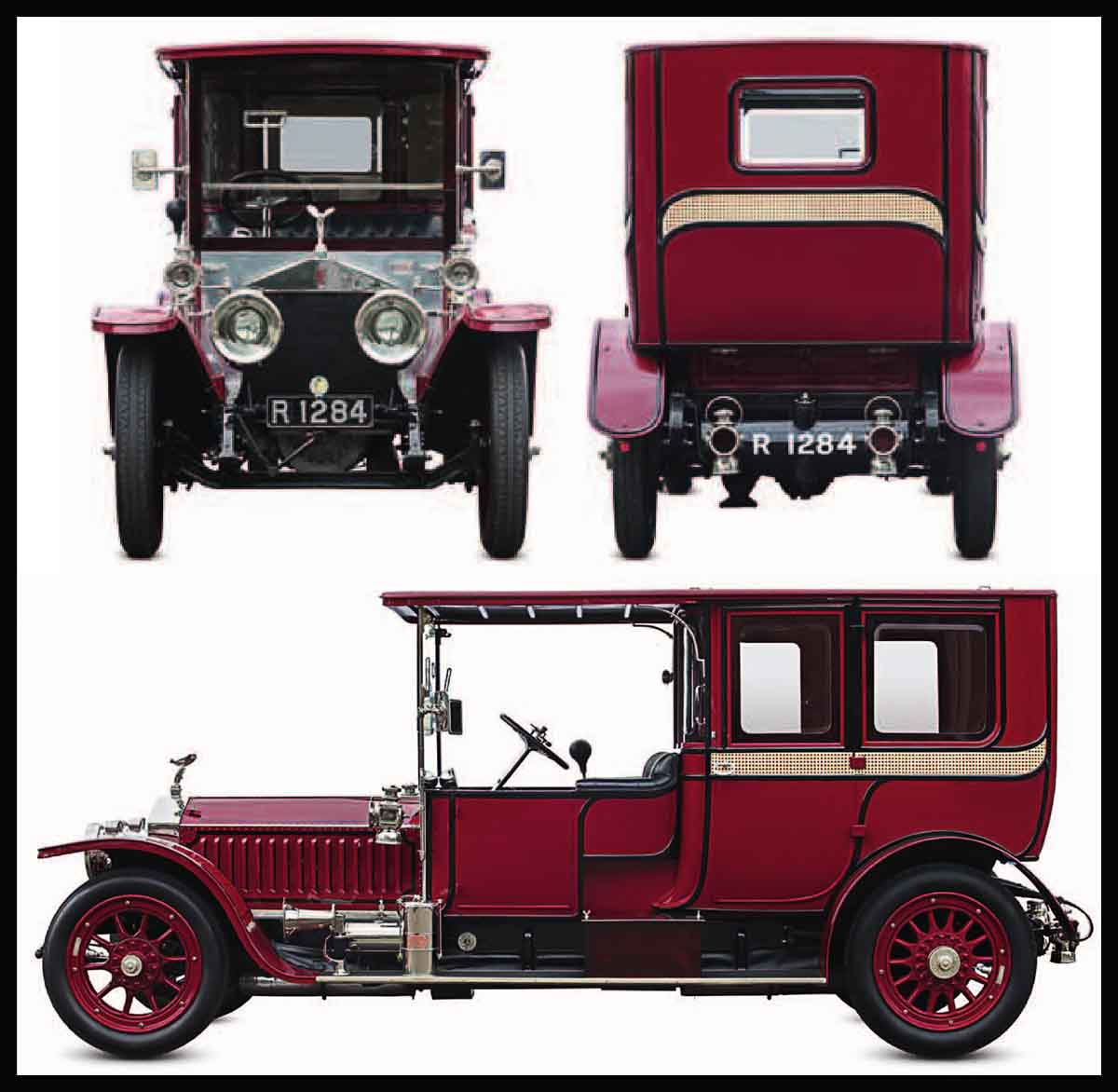
Rolls-Royce Silver Ghost
Strictly speaking, only one Rolls-Royce is named Silver Ghost: the unique, silver-painted, 40/50 hp open tourer with silver trim that was used in 1907 for a 15,000-mile (24,000-km) reliability trial. The title has, however, been retrospectively applied to all examples of the 40/50 hp made between 1906 and 1925-the model that established Rolls-Royce as the maker of “The Best Car in the World.” Beautifully engineered, it offered unparalleled smoothness and refinement for the era, together with effortless high performance.
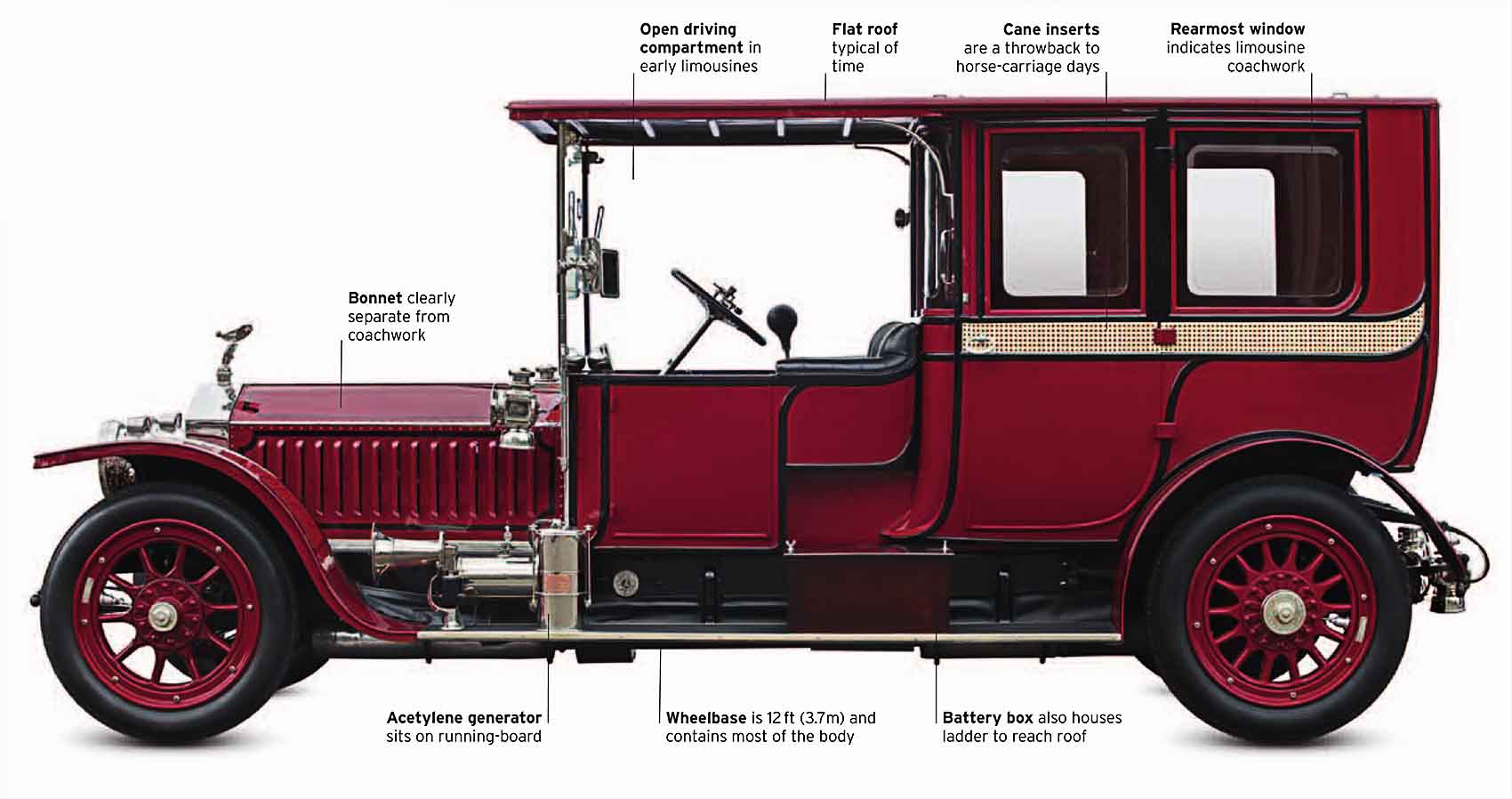
ONE RESPECTED critic described the 40/50 hp as being “a triumph of workmanship over design”—a cruel but not wholly inaccurate assessment. The meticulous quality of engineering insisted upon by the perfectionist Henry Royce was what established the marque’s reputation. Many items were created in-house, not least of which a Royce-designed distributor and carburetor. When electric starting was introduced in 1919, Royce also designed his own starter and dynamo. But the engine was conservative in its construction, as was the chassis—which only gained front brakes in 1924. This was part of a servo-assisted mechanism that was notably efficient.
The 40/50 hp was sufficiently robust to have formed the basis for an armored car during and after World War I. Its chassis was donated to the Phantom I that replaced it in 1925. This was in effect a “Silver Ghost” with a new overhead-valve engine.
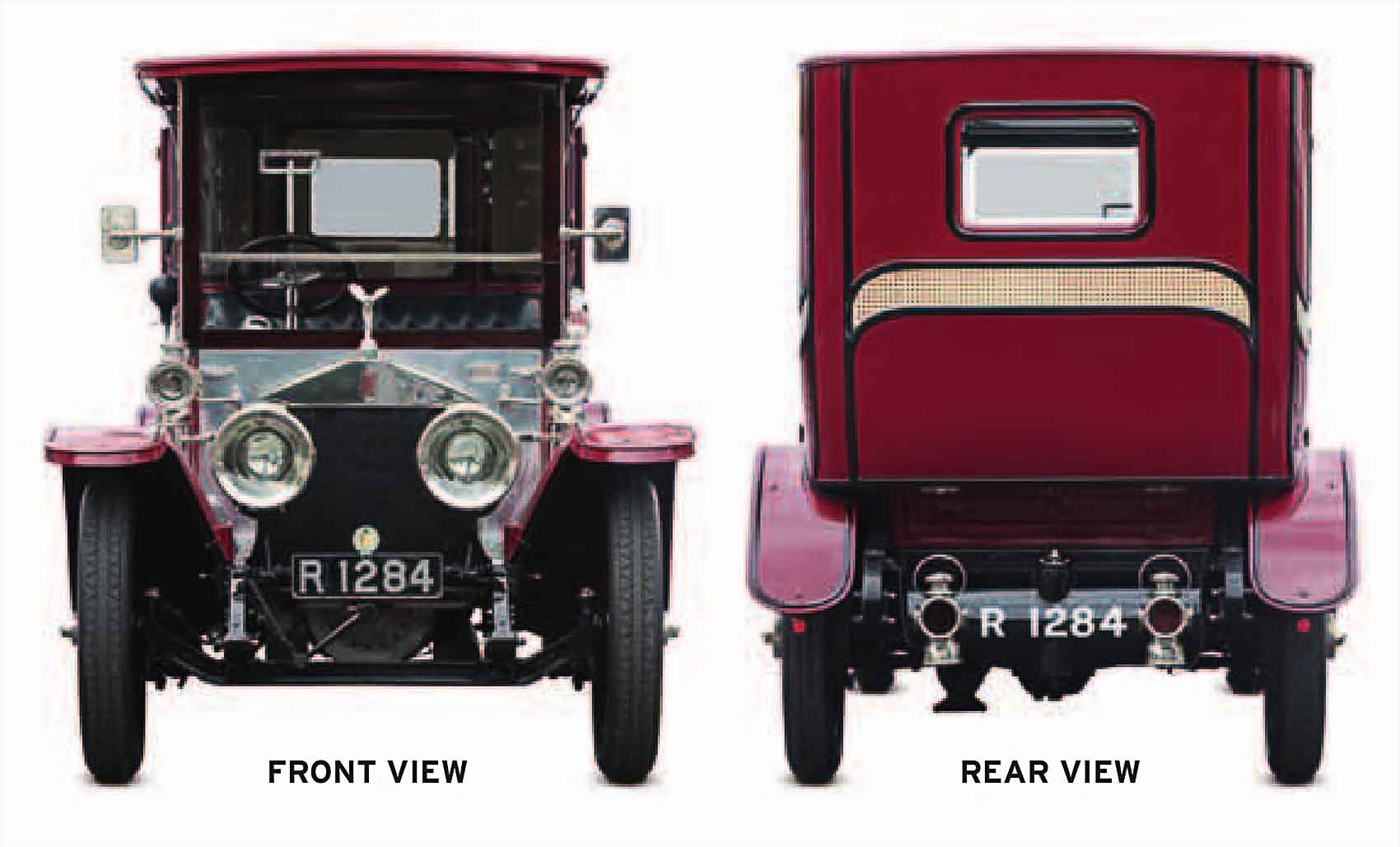
SPECIFICATIONS
| Model | Rolls-Royce Silver Ghost, 1906-25 |
| Assembly | Mainly Manchester and Derby, UK |
| Production | 7,876 |
| Construction | Steel chassis; varying bodies |
| Engine | 7,410cc, side-valve straight-six |
| Power output | 65 bhp approx. at 1,750 rpm |
| Transmission | Four-speed; three-speed after 1909 |
| Suspension | Rigid axles with leaf springs |
| Brakes | Drum; rear brakes only until 1924 |
| Maximum speed | 50-75 mph (80-121 km/h) |
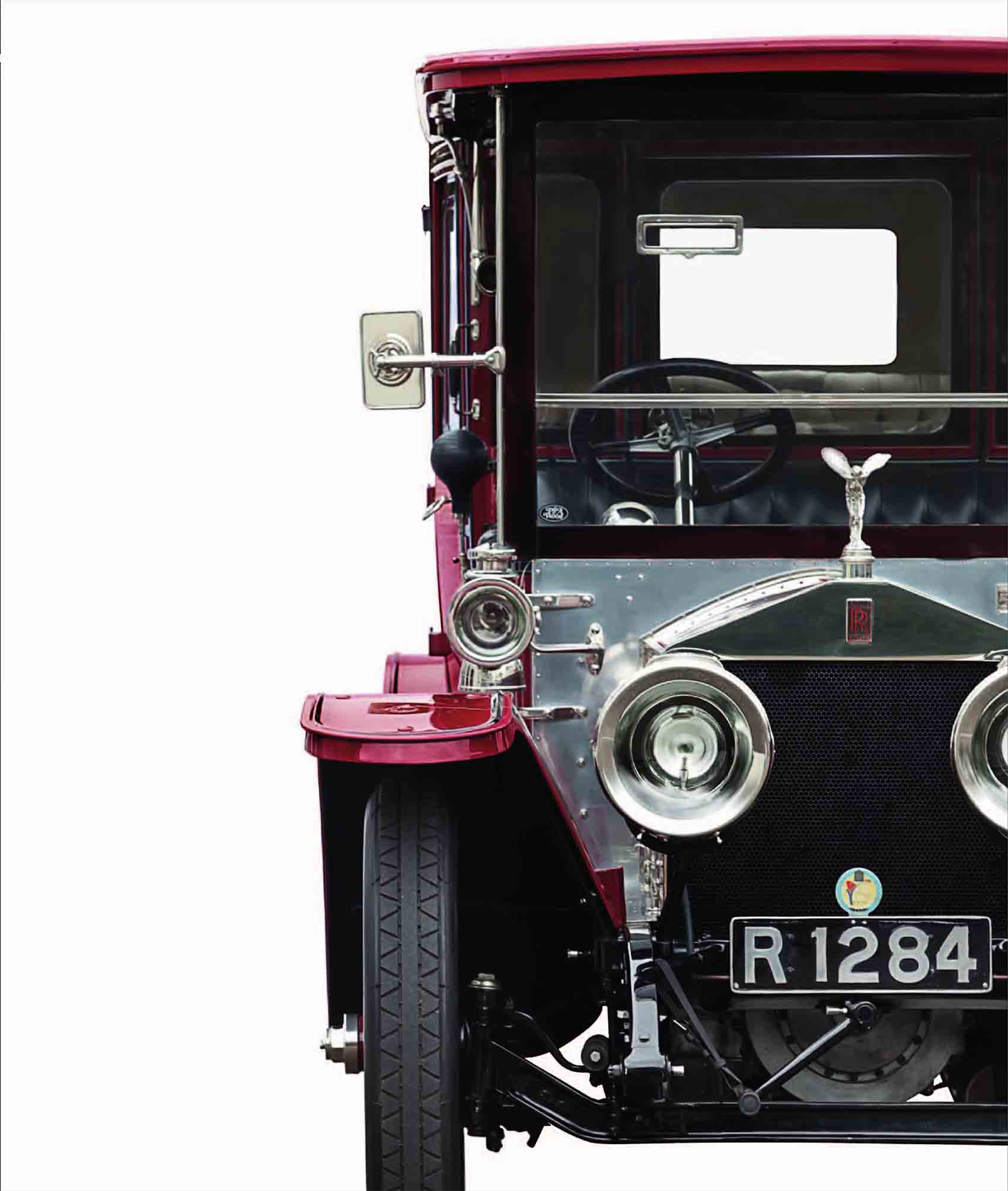
Classical grace
The front of the Silver Ghost is dominated by the “tombstone” radiator shell; this never received the Palladian vertical slats later associated with Rolls-Royces. The “letter-box” slot in the windshield hinges open for visibility in stormy weather. The high roof accommodates gentlemen wearing top hats-and ladies with the generously sized headwear of Edwardian times.
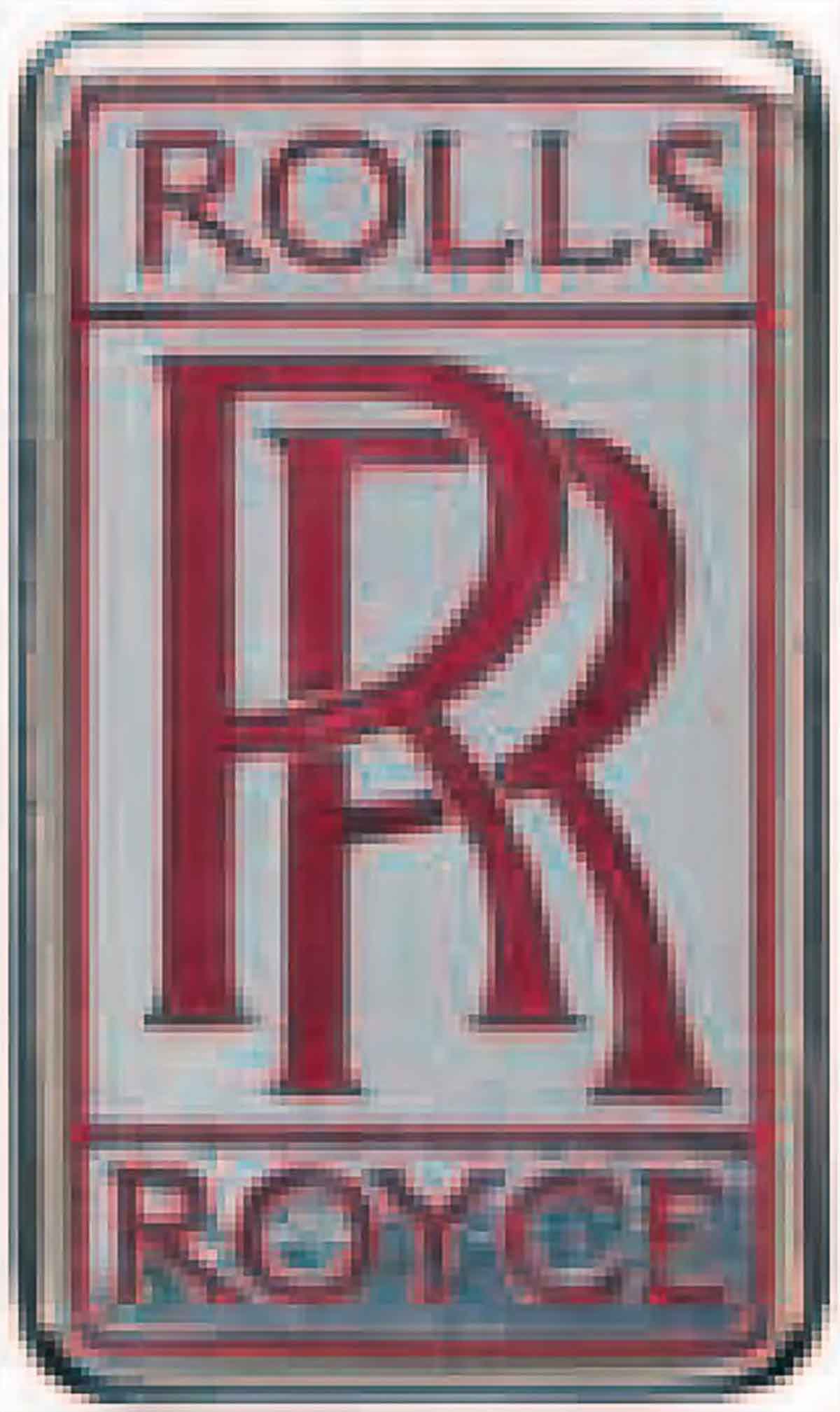
When Rolls met Royce
Pioneer motorist and automobile dealer Charles Rolls was highly impressed by the first cars built by electrical engineer Henry Royce. They decided, in 1904, to market the vehicles as Rolls-Royces. This arrangement continued after Rolls’s death in a flying accident in 1910.
THE EXTERIOR
The 40/50hp’s body was made to the customer’s order by external coachbuilders. There was no such thing as a “standard” style, and coachwork ranged from sober open tourers to extravagant limousines made for various foreign potentates. From 1920 the Silver Ghost was also assembled with U.S.-made bodies in Springfield, Massachussetts. This particular car dates from 1912, and it carries an accurate modern-day copy—created over 14 years—of a body by coachbuilder Rothschild.
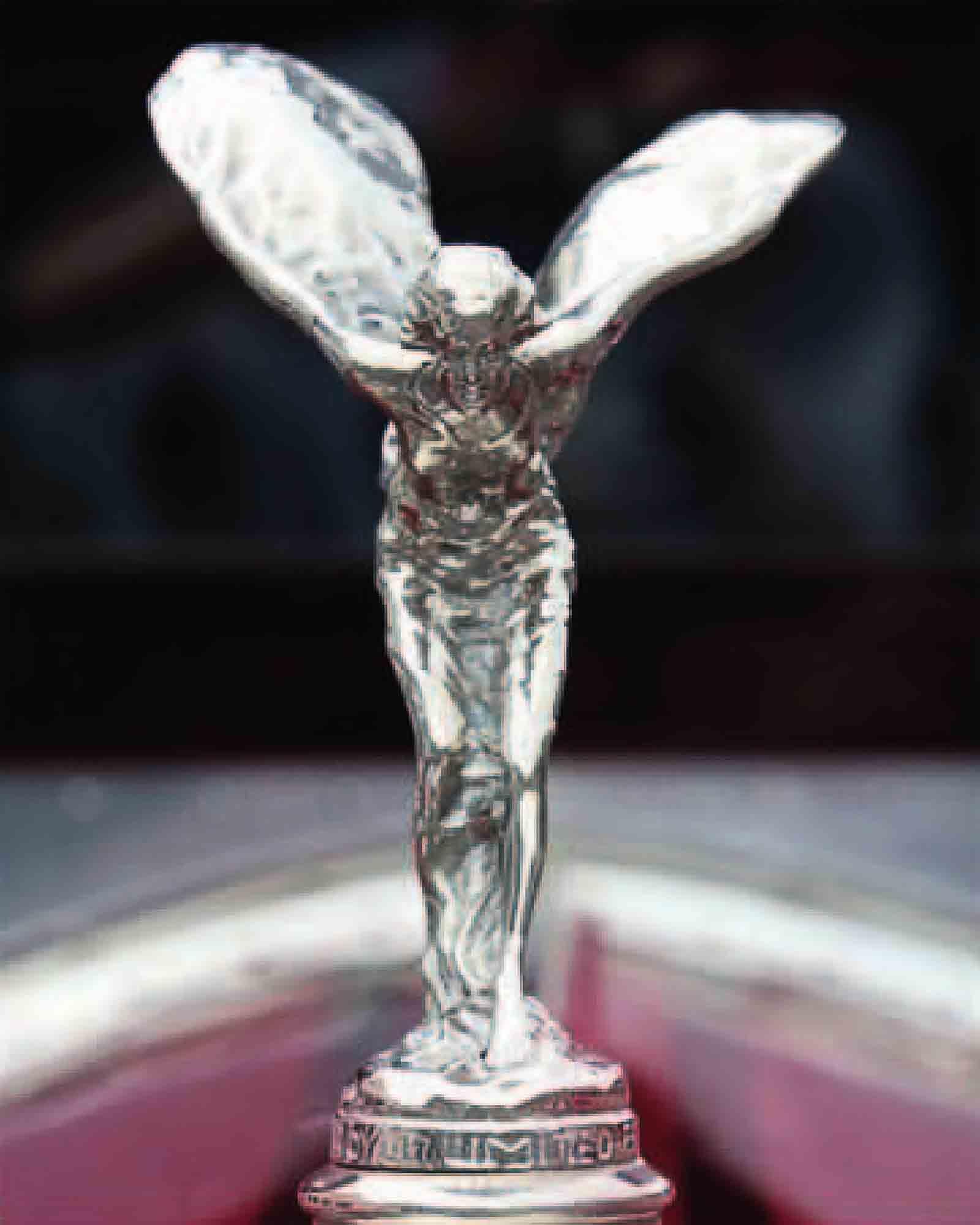
“Spirit of Ecstasy” mascot features from 1911
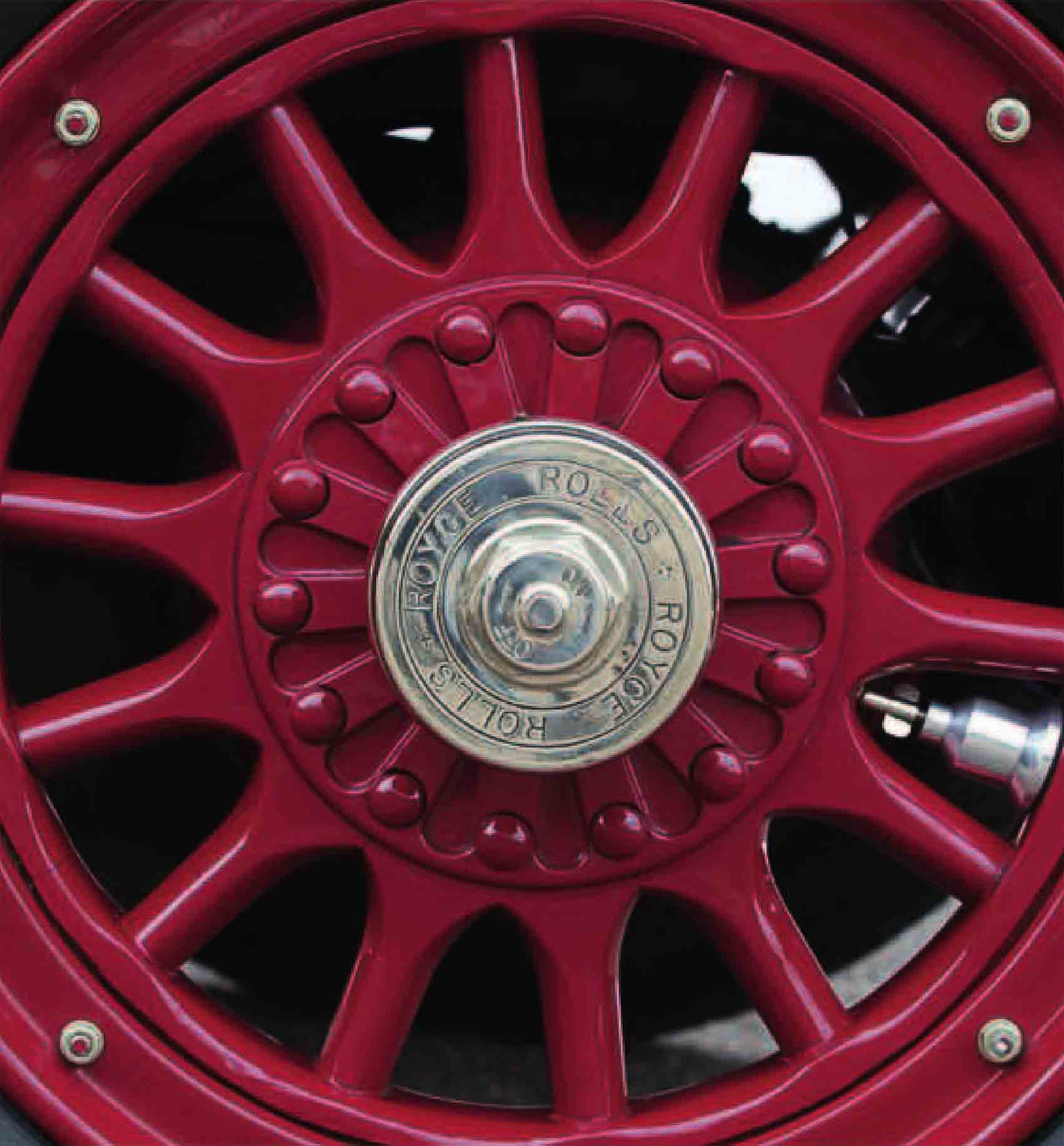
Wooden “artillery” wheels have detachable rims
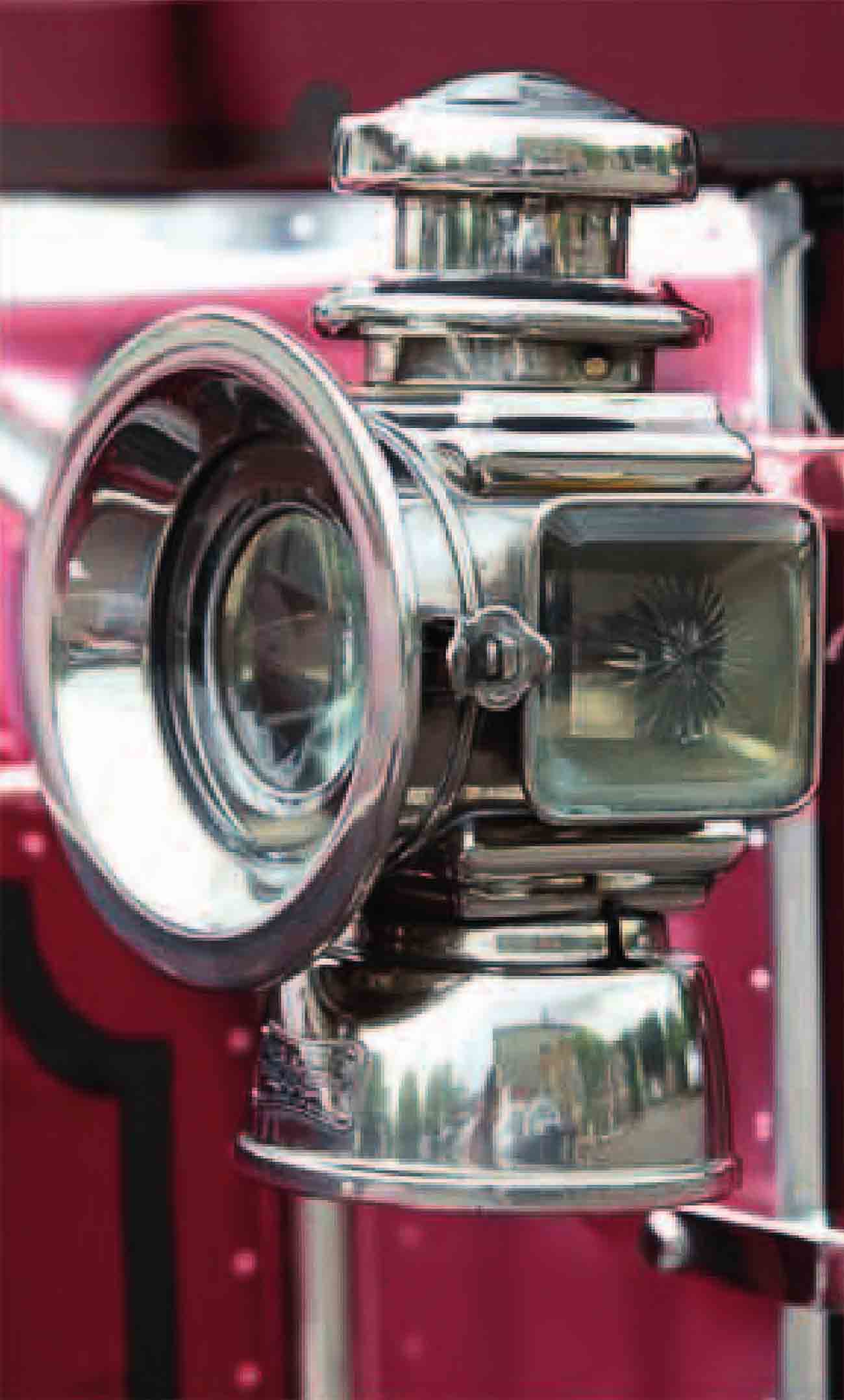
Acetylene lights used until 1919
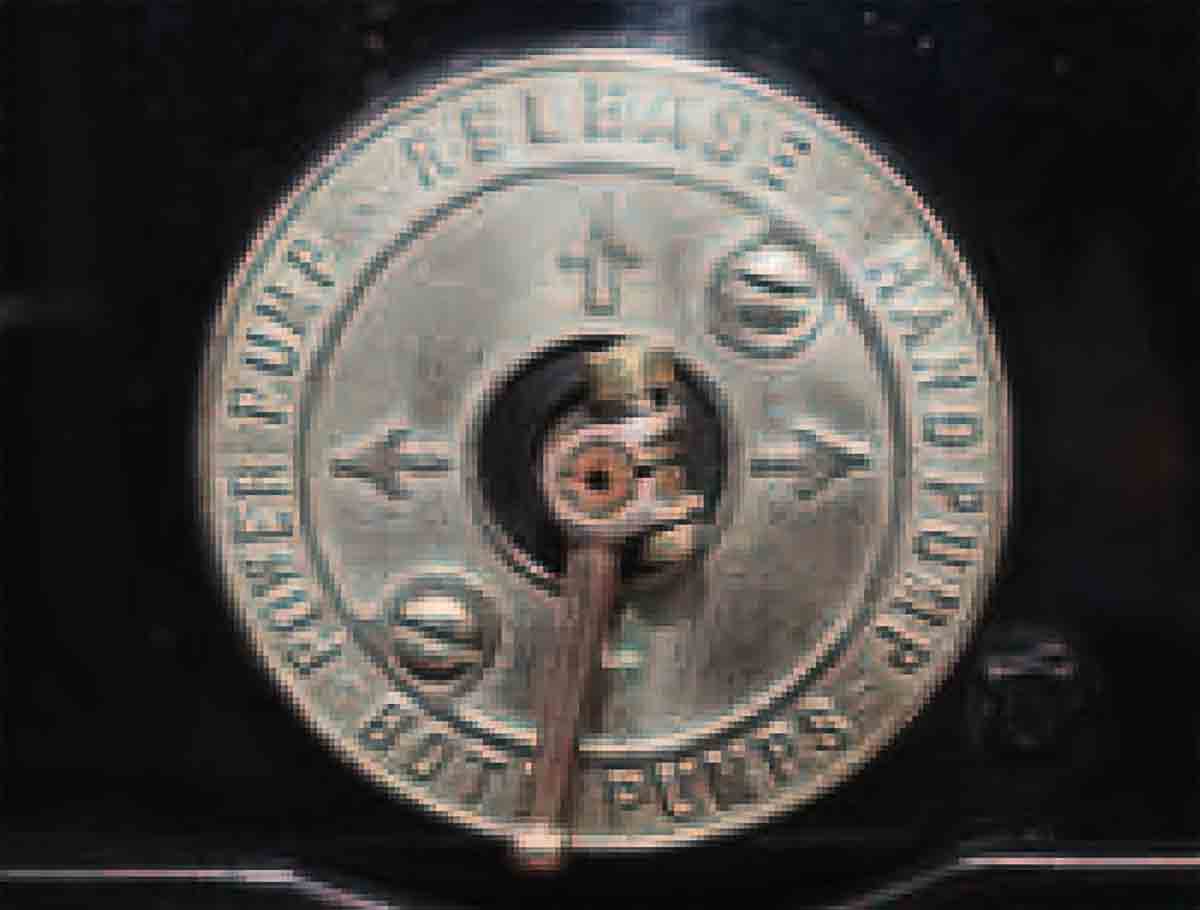
Fuel-pump settings are manually adjustable
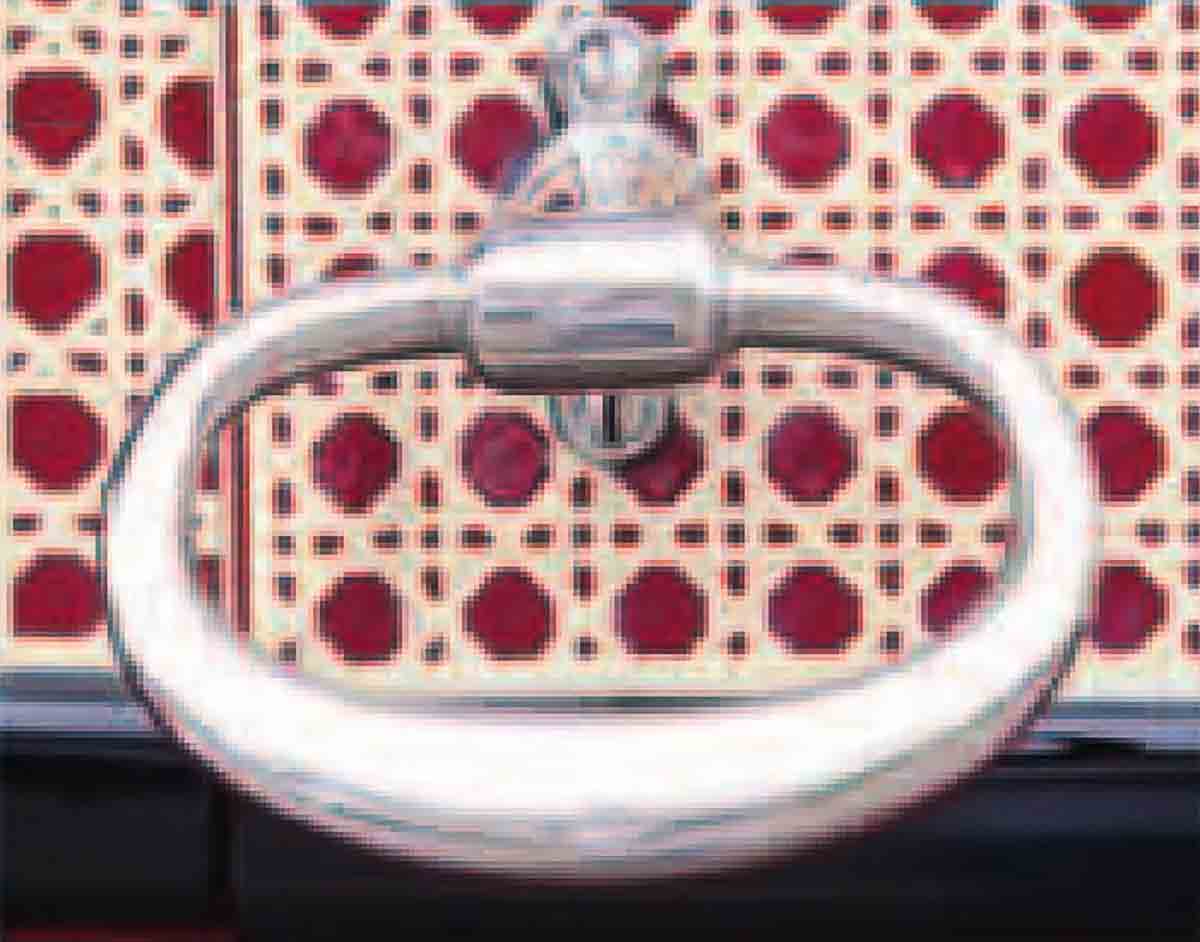
Exterior handle is a throwback to horse-drawn era
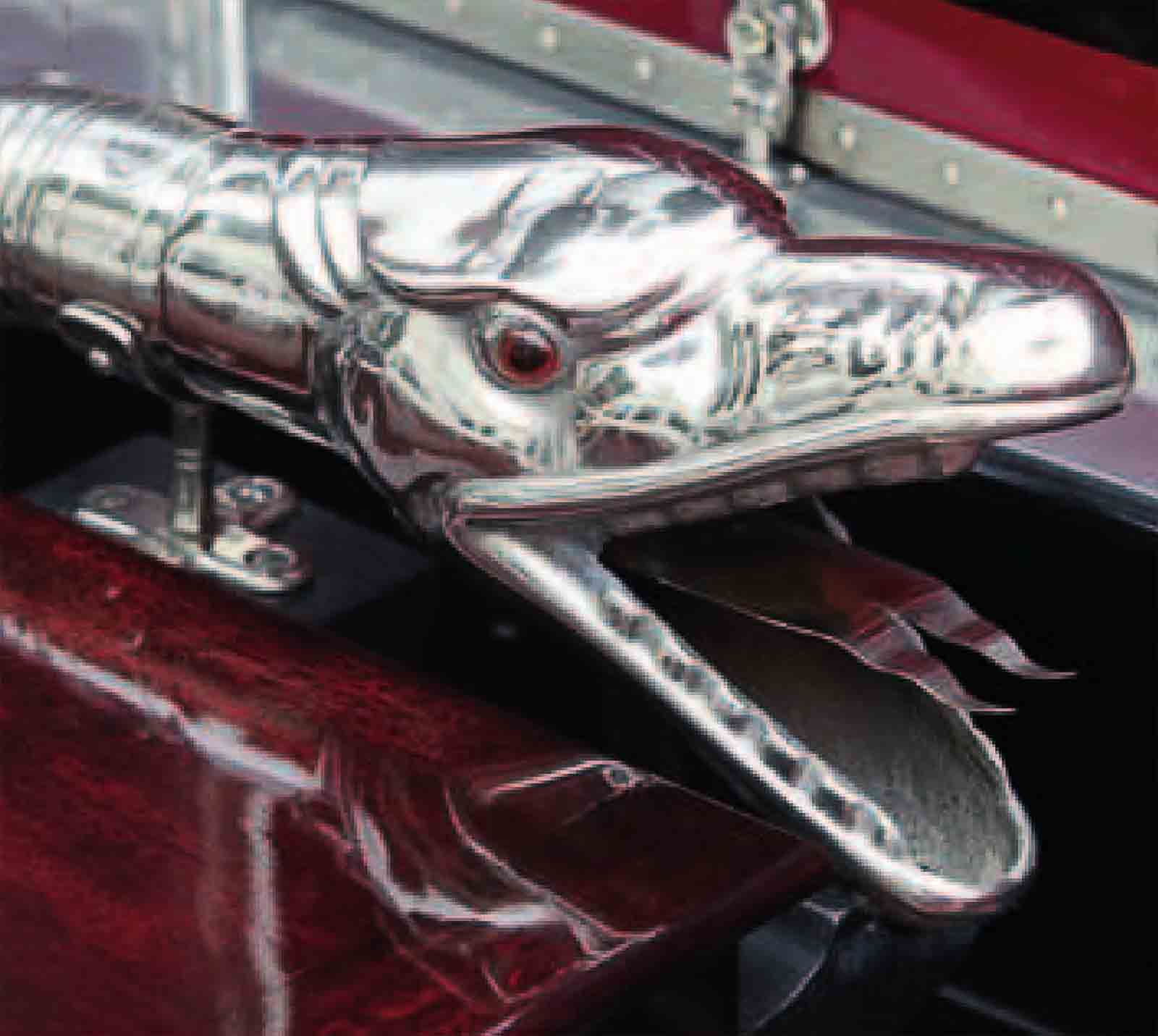
Wonderfully extravagant boa-constrictor horn
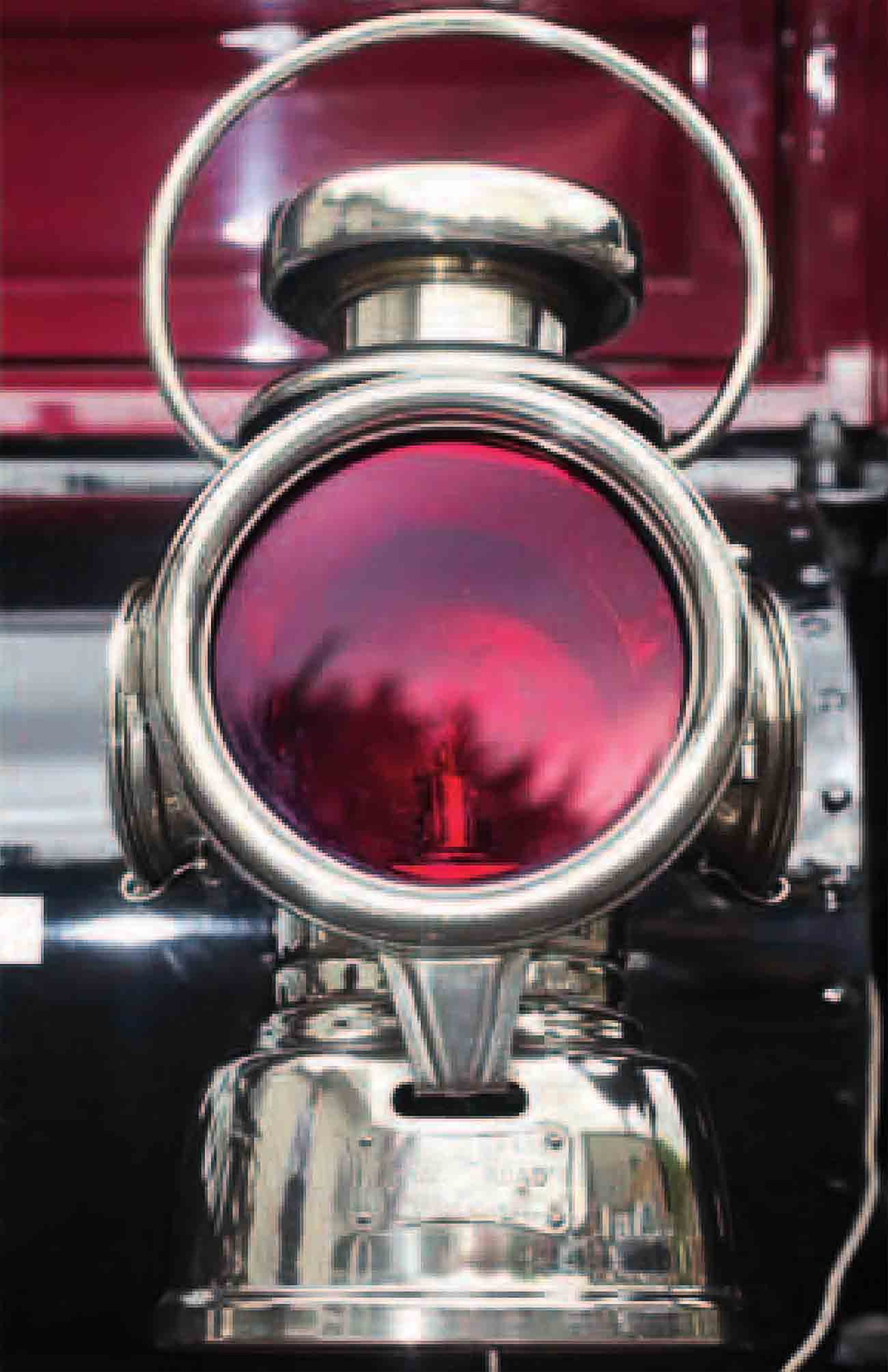
Lights display masterful tinsmithery
THE INTERIOR
The rear compartment is a magnificent reproduction of the Rothschild original. Flamboyant interiors were often found on the 40/50hp. In 1921 an Indian maharajah commissioned two cars with interior fittings in gold, silver, and mother-of-pearl, and trimmed in mauve silk: The cost was £6,000 a car, at a time when a humble Morris started at £299.
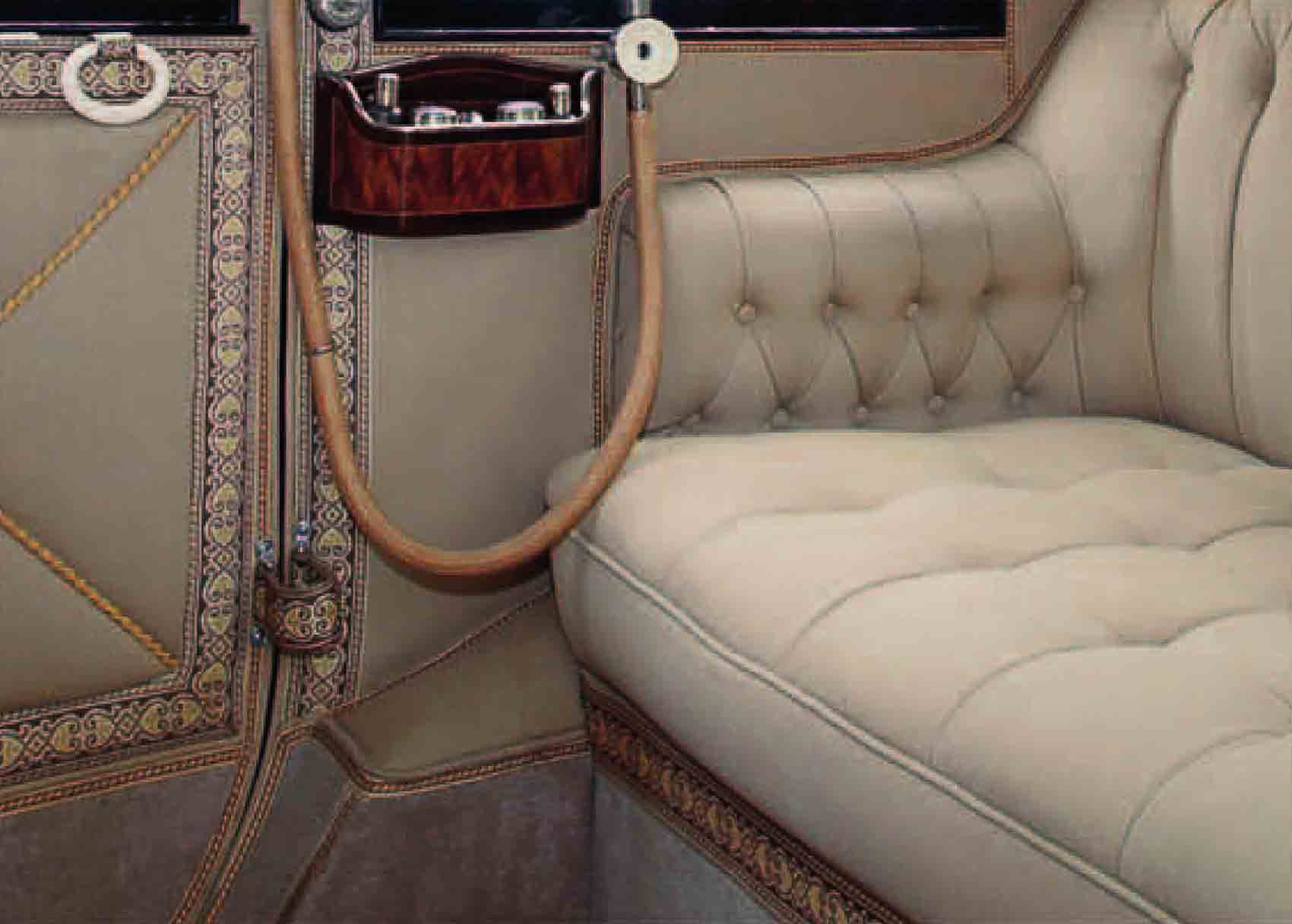
West of England cloth trims at rear
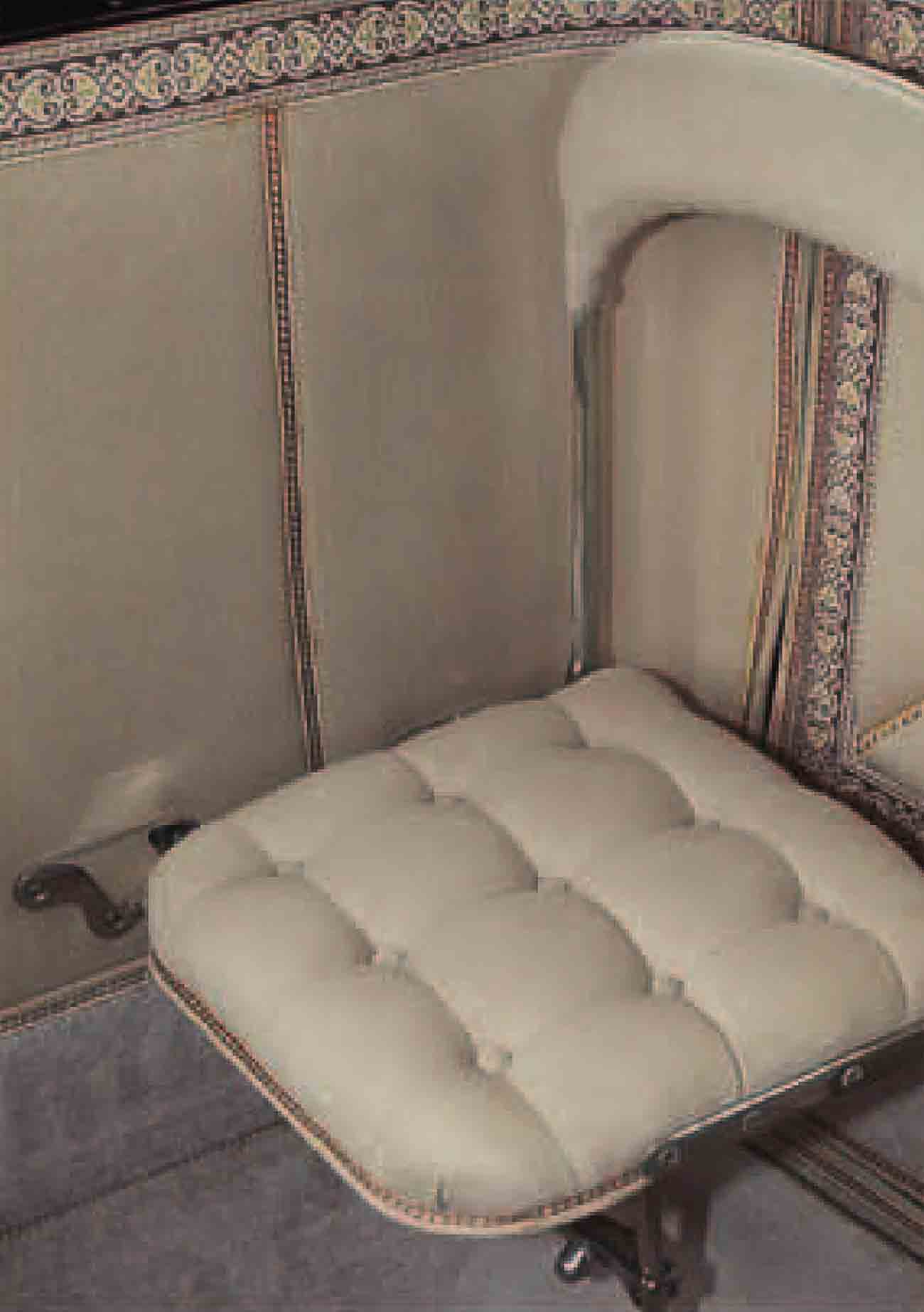
Jump seat
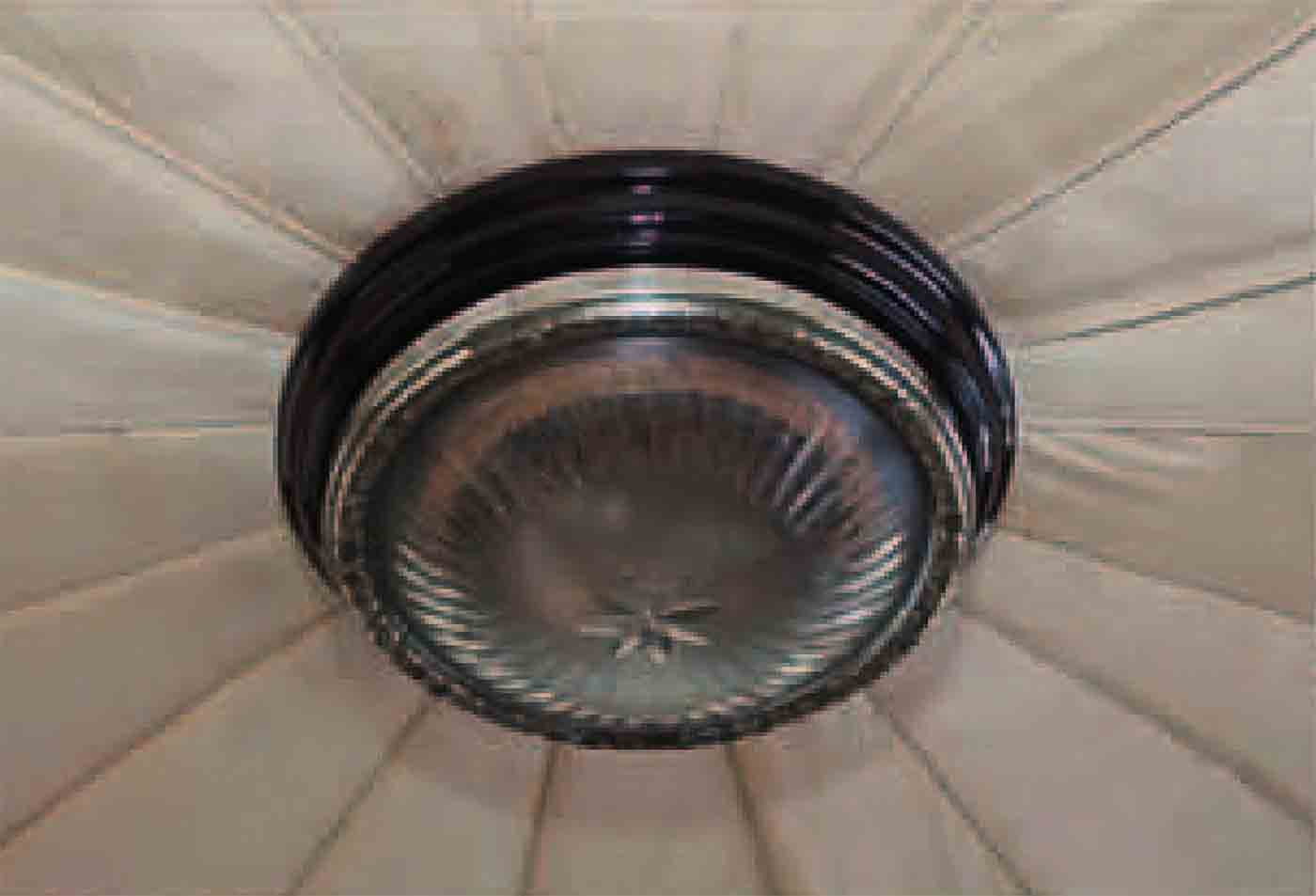
Overhead light
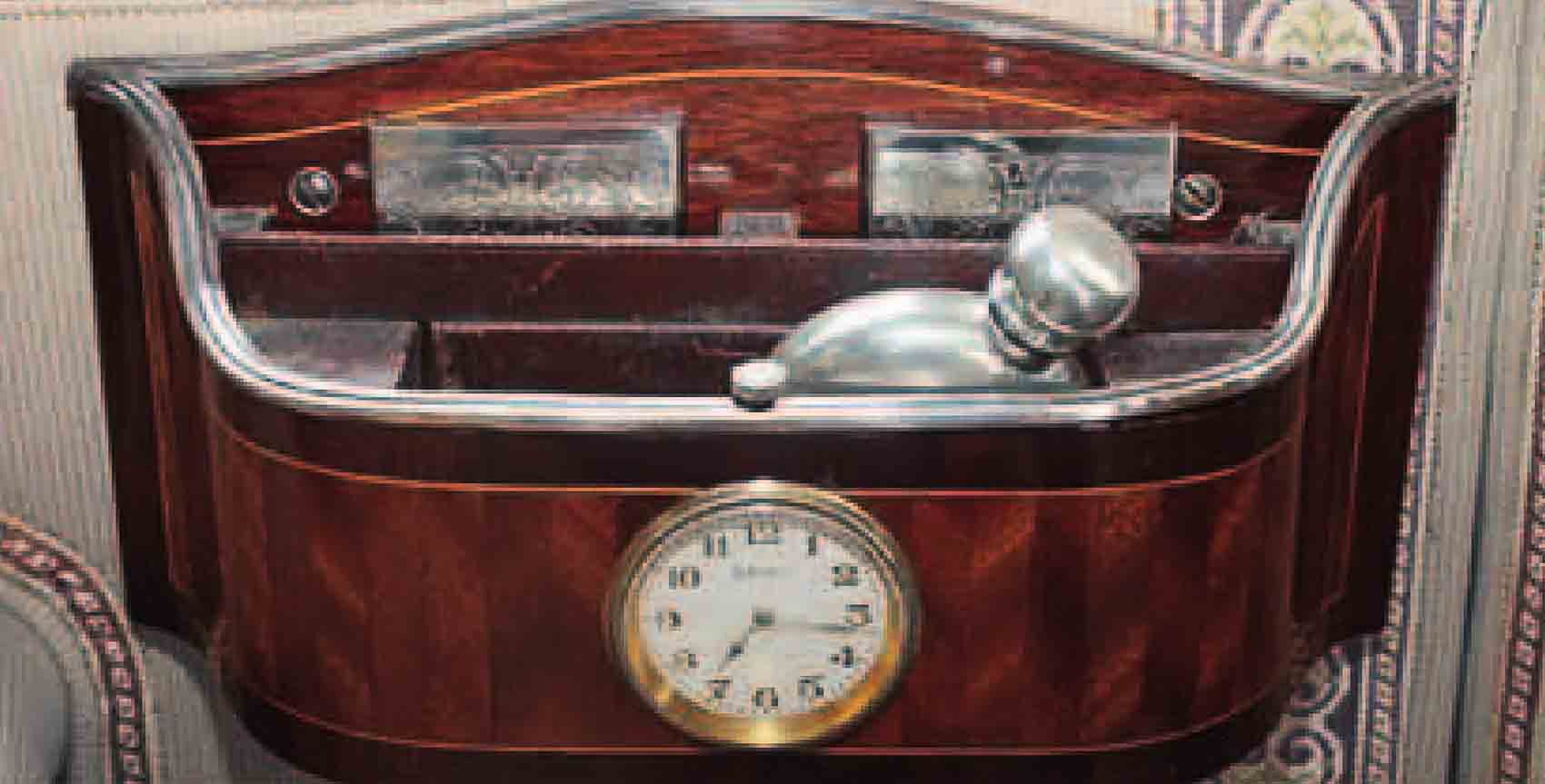
Vanity box with clock
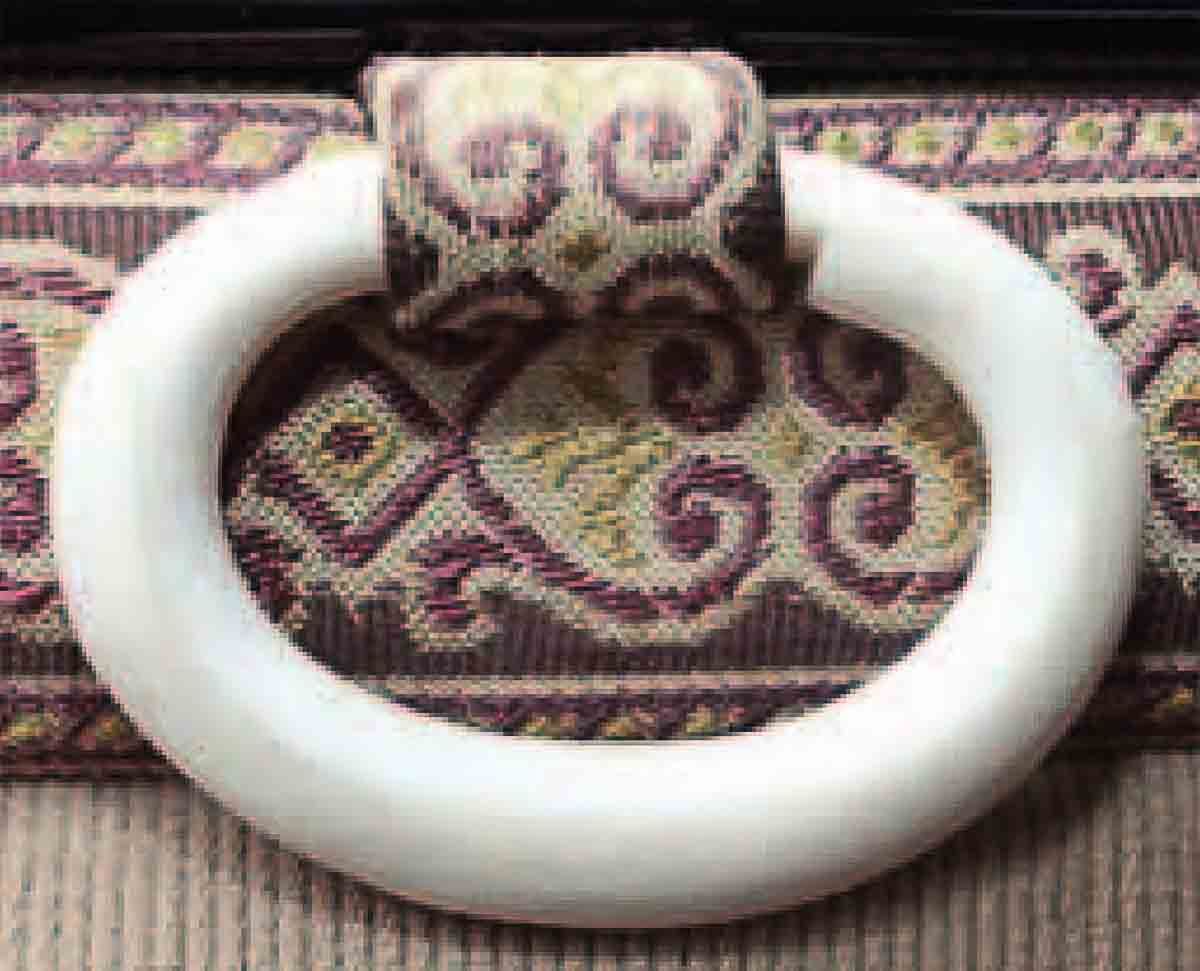
Detailing around door pull worthy of an Edwardian drawing room
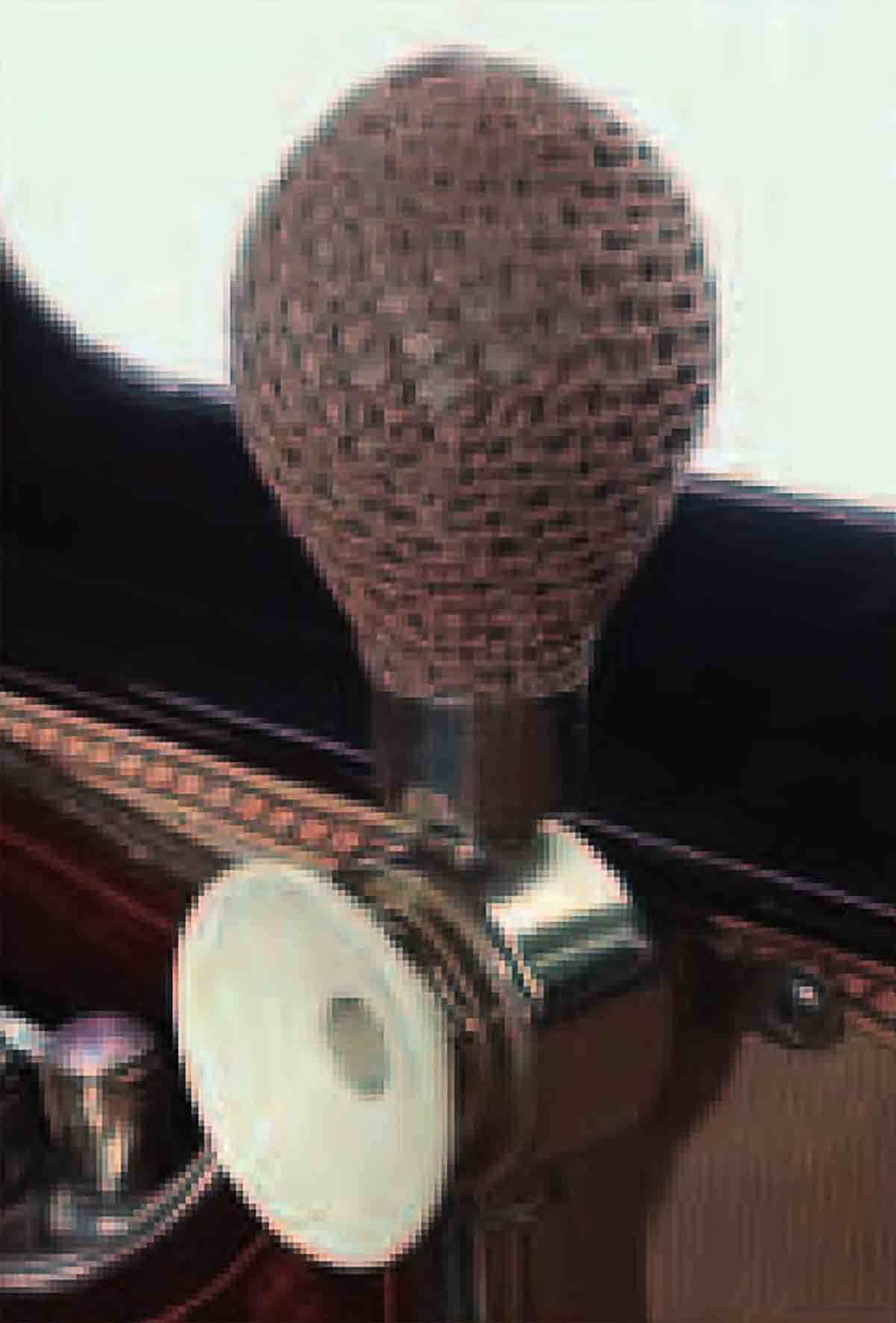
Intercom to chauffeur
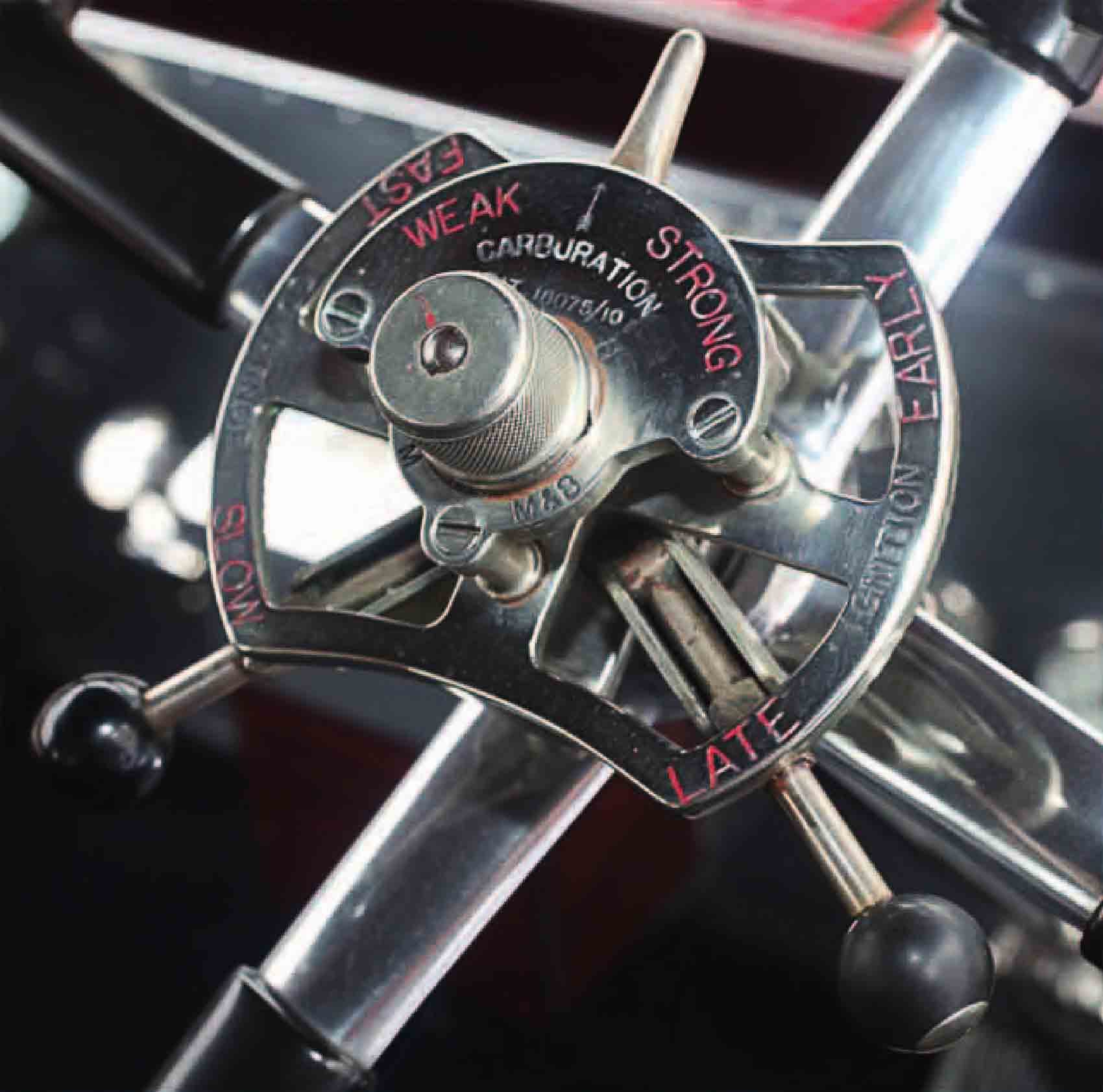
Fuel mixture, ignition timing, and engine speed controlled from steering wheel
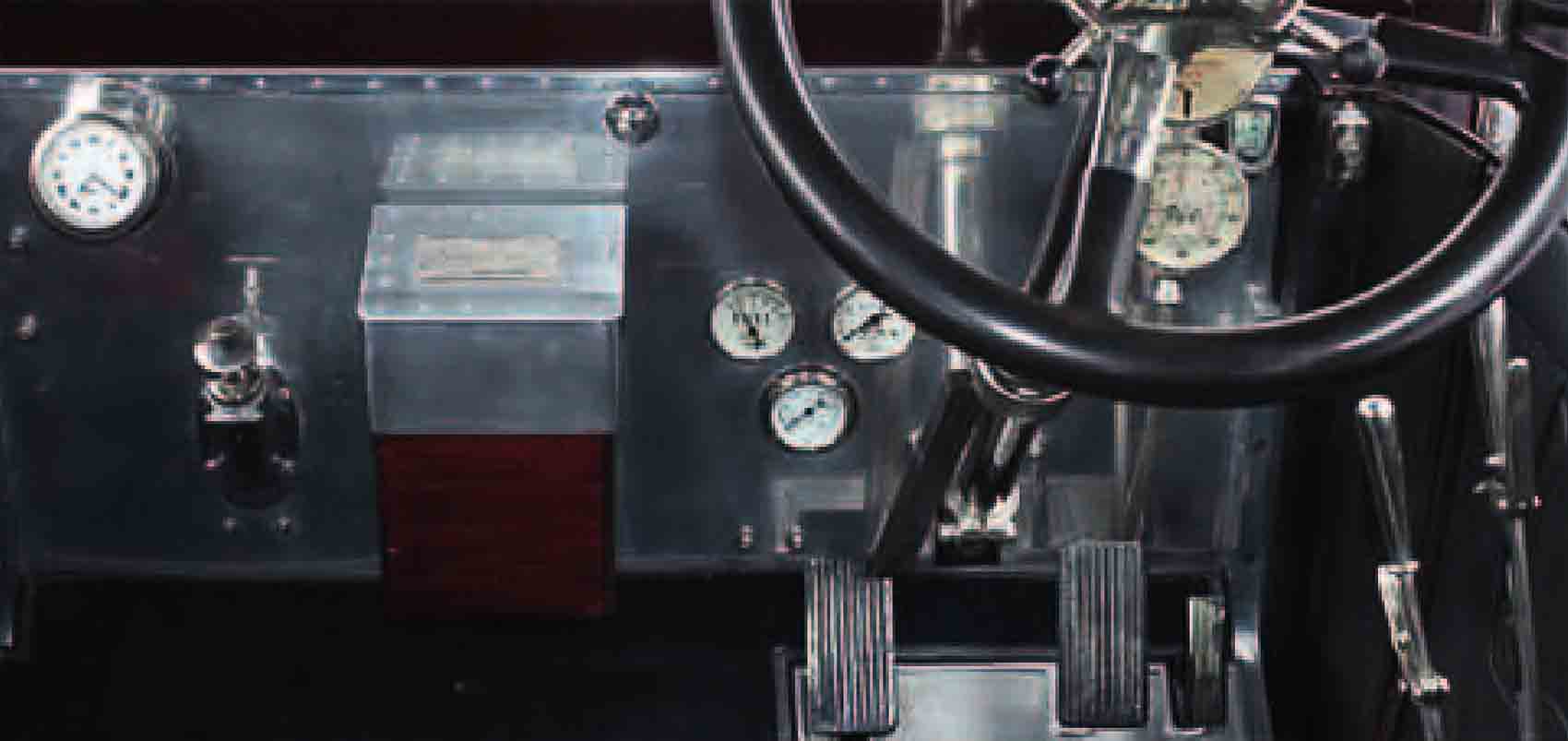
Dashboard is spare and functional
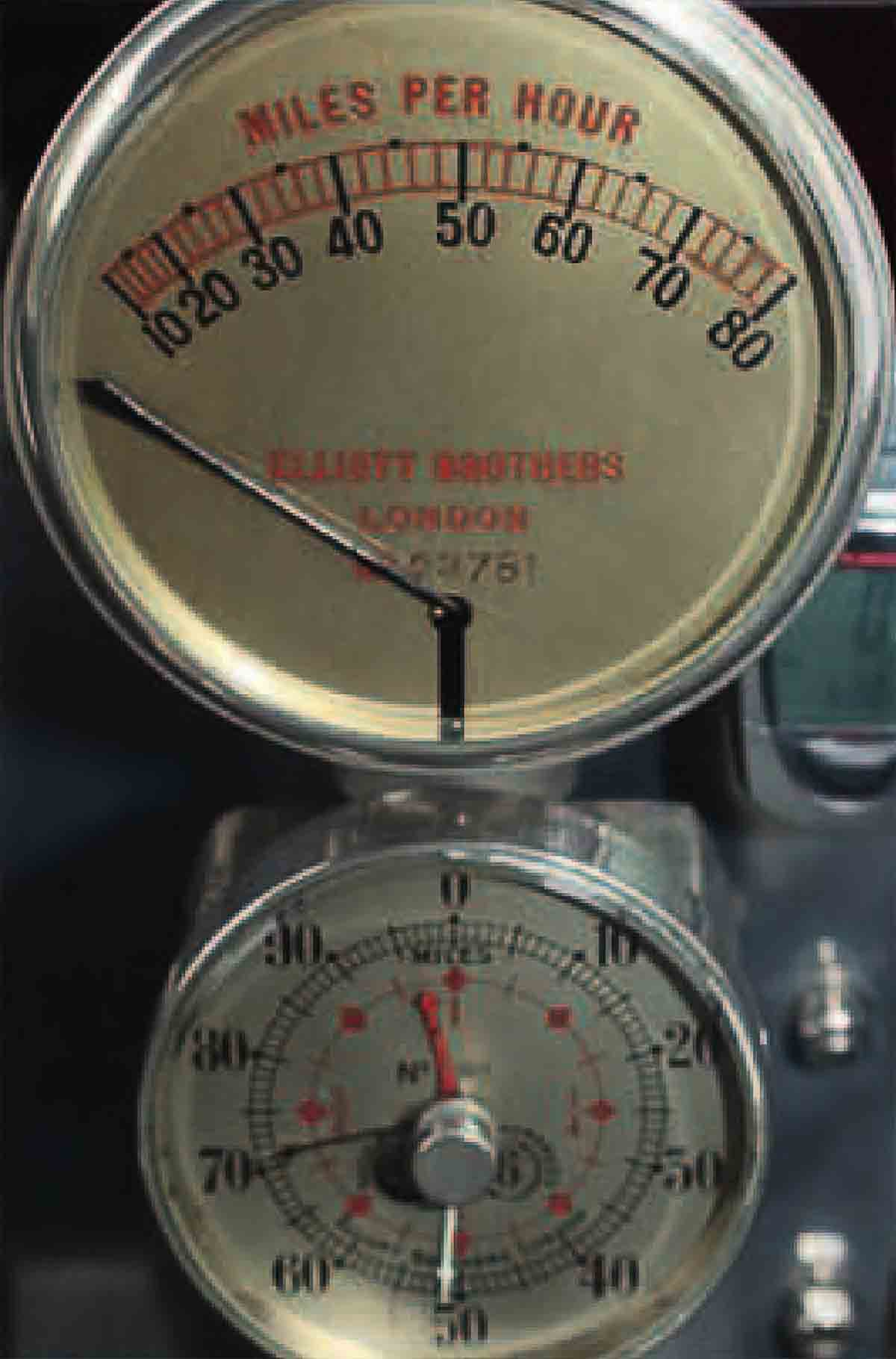
Mileage gauge
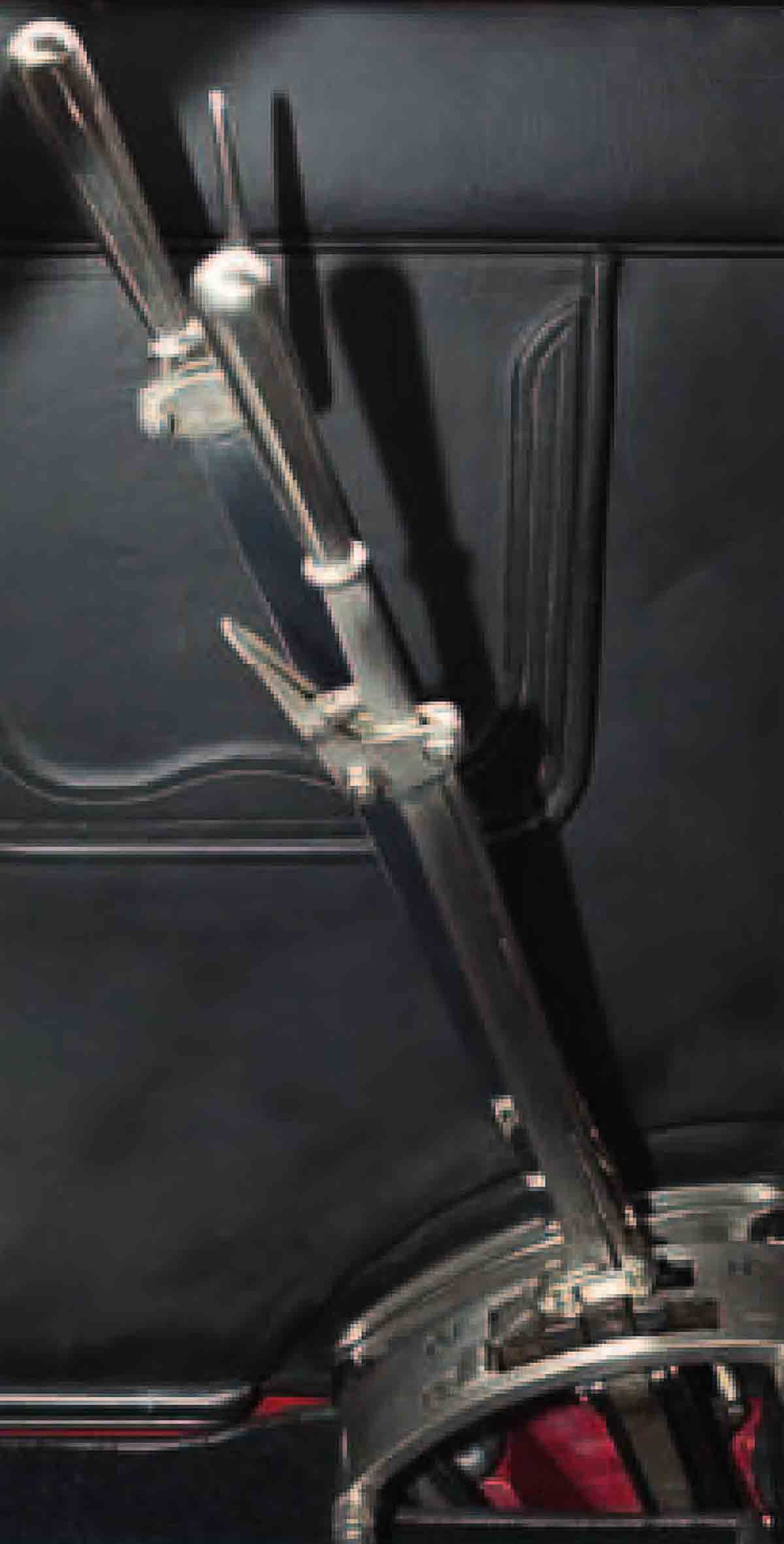
Close-set gear lever and handbrake
UNDER THE HOOD
The 40/50hp engine mixes the conservative and the advanced. The use of two three-cylinder blocks was archaic (by post-World War I standards), as were the fixed cylinder heads and exposed valve gear. But the drilled and fully pressure-fed crankshaft—with seven main bearings—put Rolls-Royce ahead of the game. Initially 7,036 cc, engine capacity was increased to 7,410 cc in 1909. Output rose over the years from an estimated 48 bhp to approximately 75 bhp on later cars.
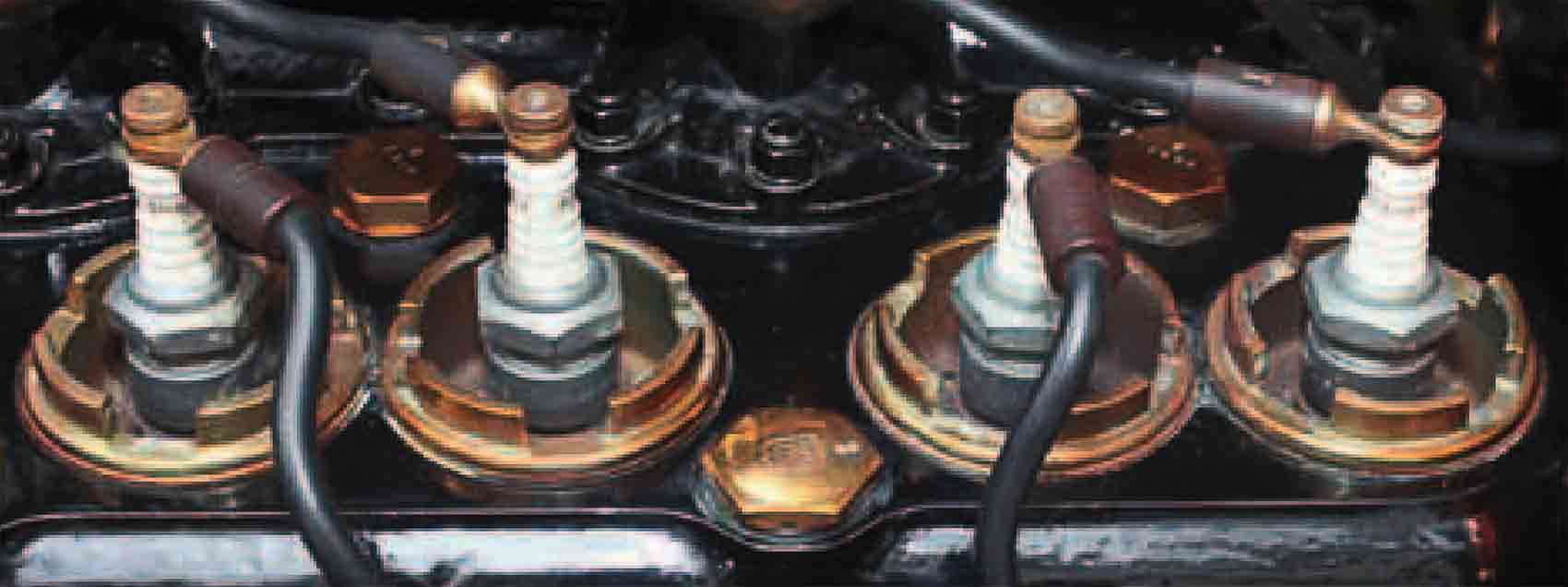
Located below the distributor, the governor maintains constant engine revs
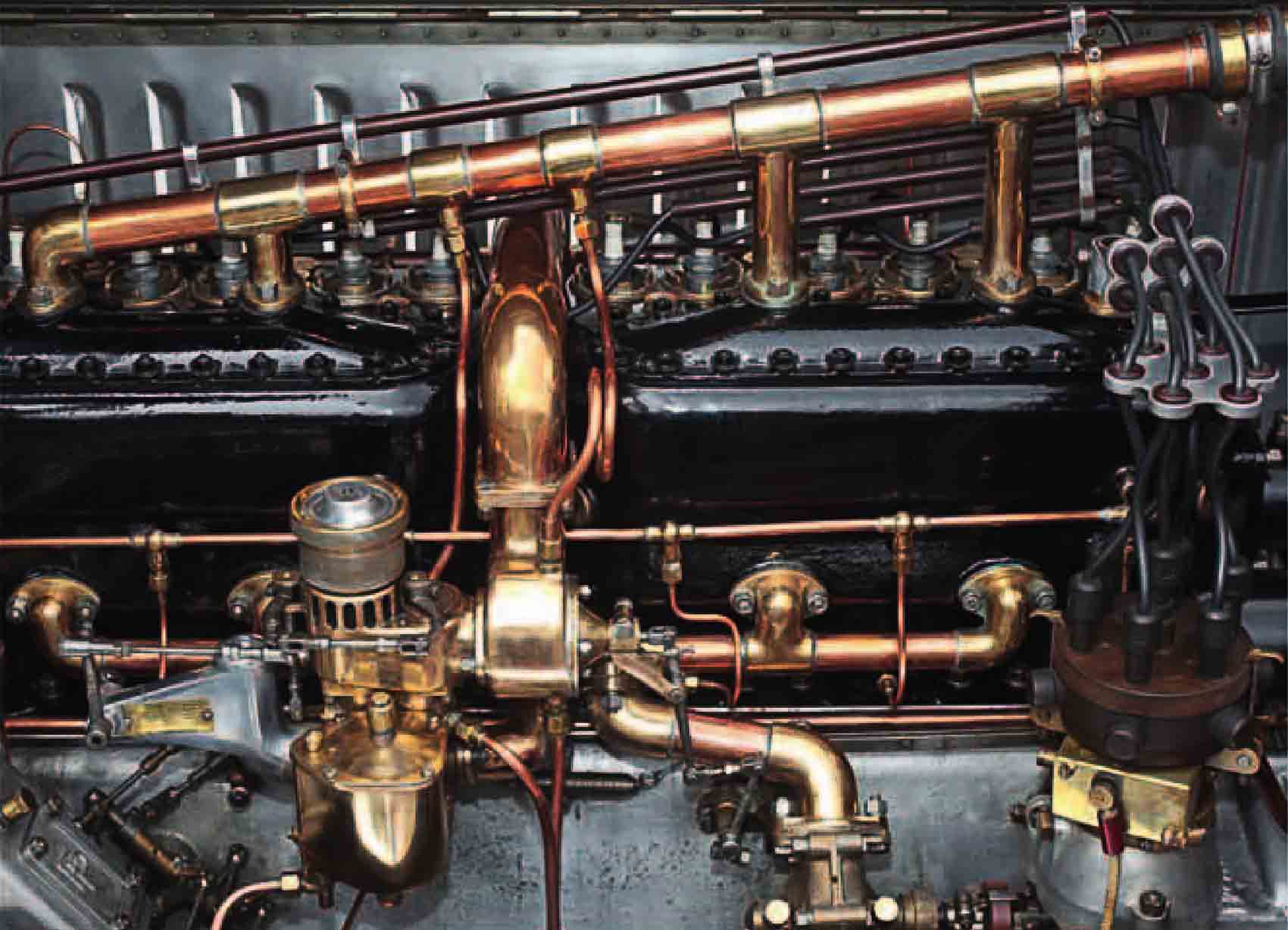
Sidevalve six-cylinder engine has fixed cylinder heads, dual ignition
It is a quote. The Definitive Visual History Of The Automobile 2011




